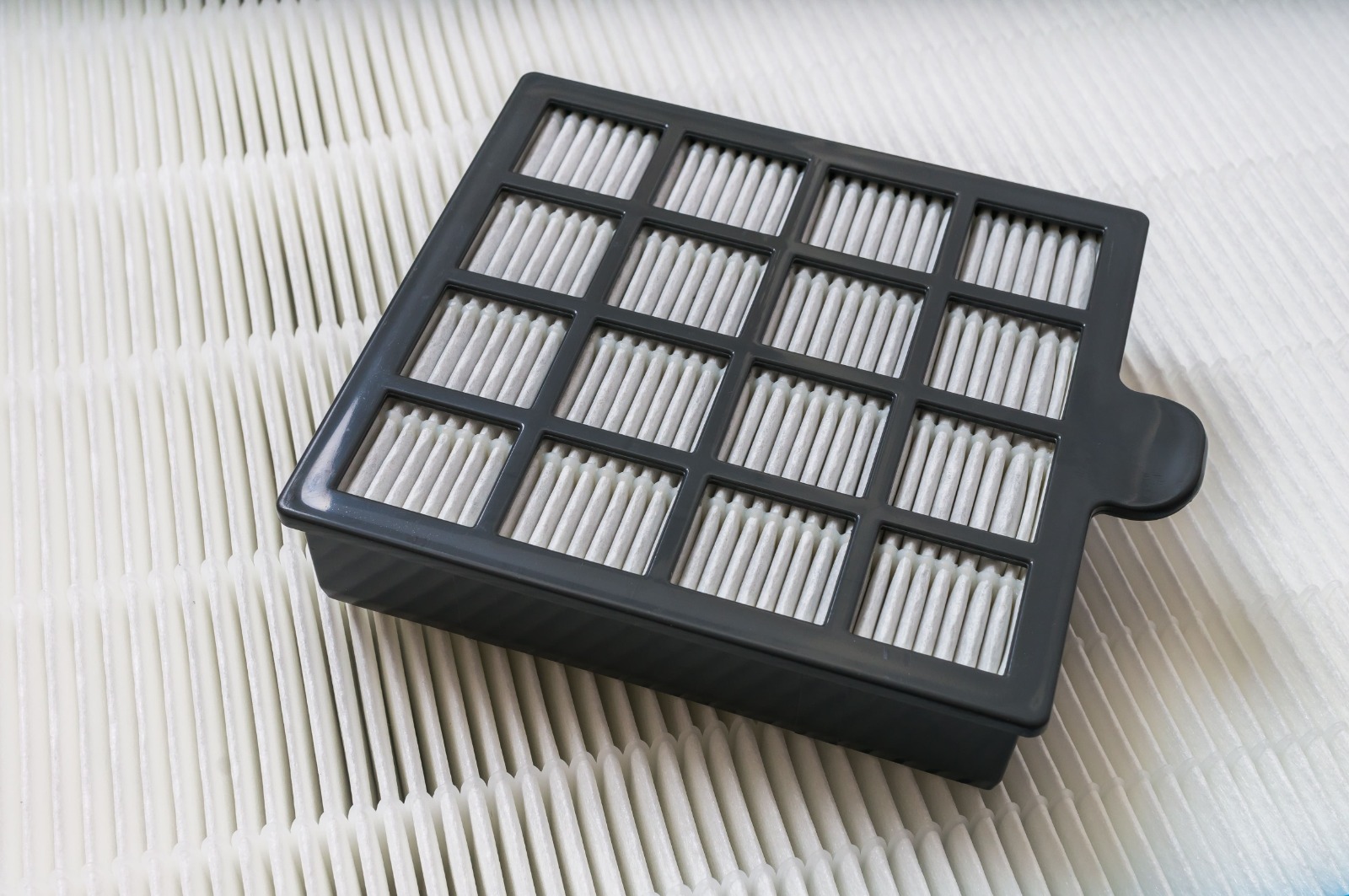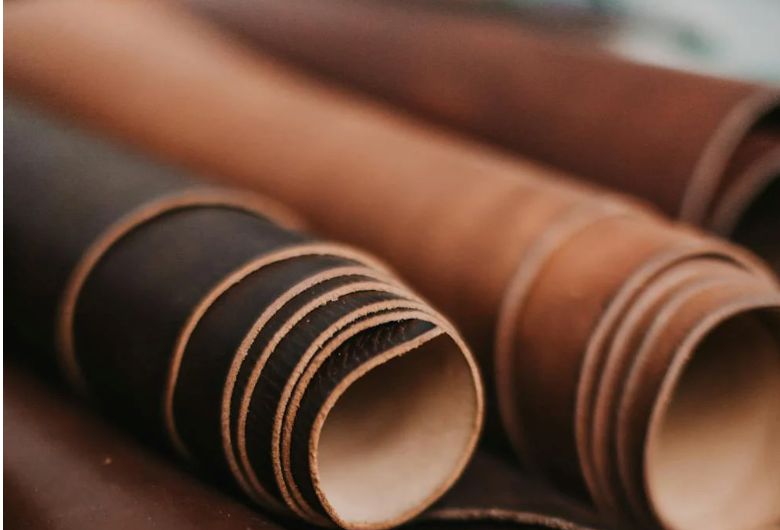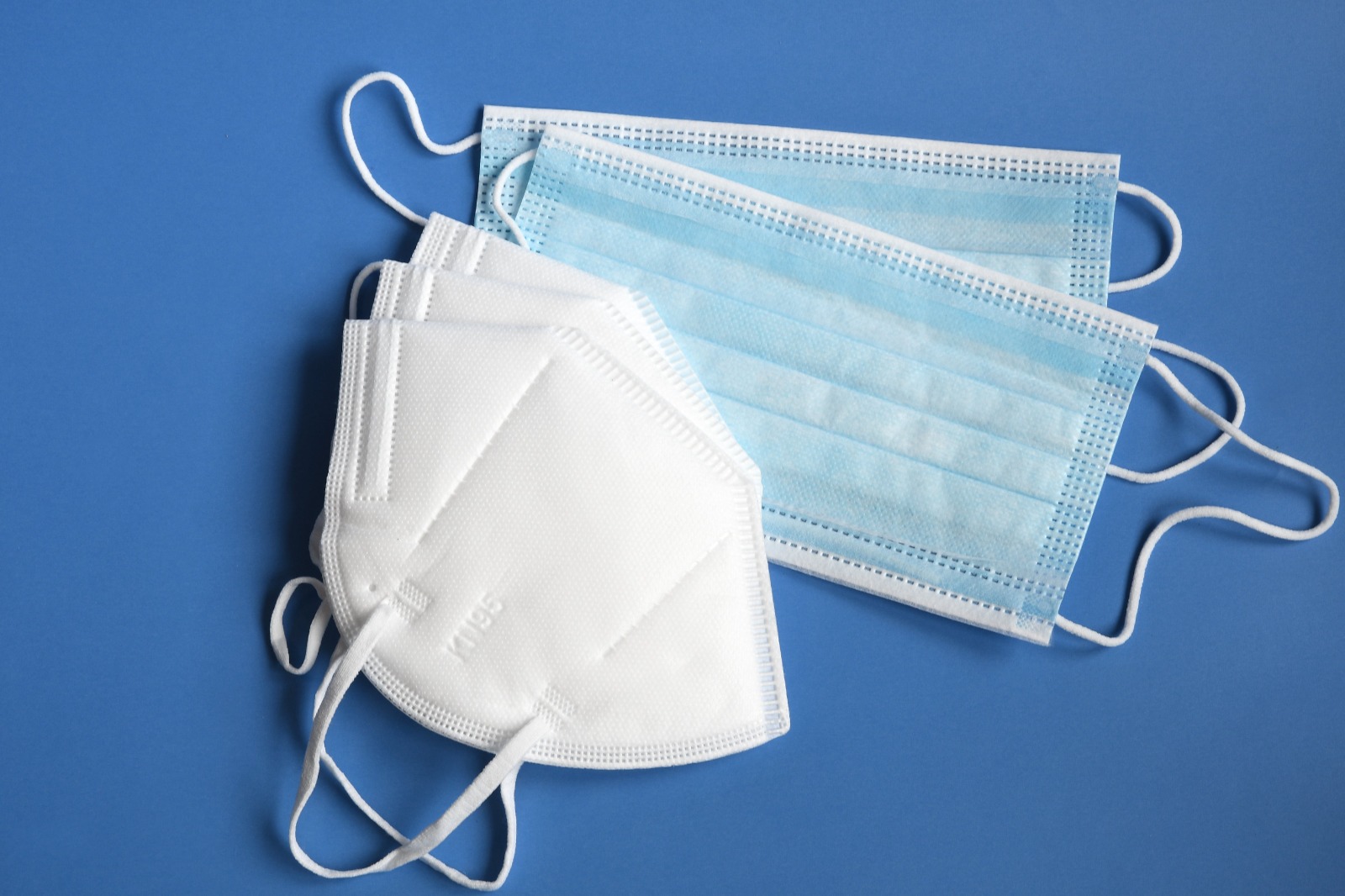
The textile industry has embraced heat pressing. Adding colourful graphics to cloth banners or personalising tote bags is a simple, effective, and expert technique. The answer to the question, "Can you heat press non-woven fabric?" isn't as simple as "yes" or "no."
Explore Recent Blogs

Is Leather a Non-Woven Fabric? Let’s Unravel the Truth!
Leather embodies luxury, durability, and style. However, in a society increasingly focused on novel
Read More

Can You Heat Press Non-Woven Fabric? A Complete Guide
The textile industry has embraced heat pressing. Adding colourful graphics to cloth banners or perso
Read More

Can Non-Woven Fabric Be Washed? Let’s Unravel the Truth
Non-woven fabrics are used in a variety of applications, including medical masks, reusable shopping
Read More

Non Woven Fabrics Vs Woven Fabrics: Choose the Right Fabric
If you have ever asked yourself why some materials are all about robustness while others are cutting
Read More

Weave Your Success with Our Revolutionary Fabrics
Power your business with Elixrr's cutting-edge nonwoven fabric solutions. Eco-friendly, customizable, and engineered for excellence—because innovation starts with the right foundation.




The textile industry has embraced heat pressing. Adding colourful graphics to cloth banners or personalising tote bags is a simple, effective, and expert technique. The answer to the question, "Can you heat press non-woven fabric?" isn't as simple as "yes" or "no."
Non-woven textiles are distinctive and are utilised in packaging, protection clothing, and tote bags. Their structure presents difficulties for heat-based applications since it is created by connecting fibres without weaving. But don’t worry! This guide covers everything you need to know about heat pressing non-woven fabric, from the best techniques to essential tools and expert tips.
What is Heat Pressed Fabric and What Is Non-Woven Fabric?
Non-woven fabrics are different from traditional textiles. These materials are made by glueing fibres together using heat, chemicals, or mechanical methods rather than weaving or knitting. They are lightweight, adaptable, and ideal for both reusable and disposable objects because of their structure.
Why Is Non-Woven Fabric Heat Pressed?
Customisation that stands out is made possible via non woven fabric heat pressing. Heat pressing on non-woven cloth provides the following benefits, from customising promotional items to adding logos to tote bags:
The question is not just "can non-woven fabric be heat pressed," but also "why," if you're considering adorning non-wovens.
Can Heat Pressing Techniques be Applied to Non-Woven Fabric?
The short answer is yes—but with a few conditions. Not all non-woven fabrics are created equal, and some are better suited for heat pressing than others.
Factors that Influence Heat Pressing Process
Material Composition
Thickness
Thicker non-woven fabrics can better withstand heat, while thinner ones risk warping or melting.
Heat Sensitivity
Every type of fabric has its tolerance to heat. This is the most fundamental principle, which makes it very important in answering the question: "Can you iron non woven fabric without causing damage?”
Equipment for Non-Woven Fabric Heat Pressing
1. Heat Press Machines
A regular heat press machine or a dependable non woven fabric heat press may complete the task. Seek for devices with programmable pressure and temperature settings.
2. Accessories for Heat Presses
Sheets of Teflon:
To keep the cloth from burning, avoid direct heat contact.
Pressing pillows:
Make sure the surface is under constant pressure.
When it comes to getting the ideal finish on non-woven materials, the correct equipment are crucial.
Ideal temperature of heat press for non-woven fabric
There is no one-temperature-fits-all affair in heat pressing non-woven fabric. Start low, and then build up to avoid damaging it.
General Guidelines:
Finding the ideal temperature for polyester or polypropylene non-woven materials often requires trial and error. That said, before you start experimenting with heat, a patch test is necessary.
How to Heat Press Non-Woven Fabric: Step-by-Step Guide
Prepare the Fabric
Set the Heat Press Machine
Protect the Fabric
Position Your Design
Apply Heat
Cool Down
Heat pressing non-woven fabric can be straightforward, but following these steps ensures consistent results.
Can Non-Woven Fabric Be Heat Pressed Safely?
Yes, but safety comes first. Improper settings can lead to burnt fabric or warped designs.
Top Tips for Safe Heat Pressing
Common Mistakes to Avoid When Heat Pressing Non-Woven Fabric
Even pros falter, and the prospective mistakes listed here will save you some time and frustration:
Alternatives to Heat Pressing for Non-Woven Fabrics
Heat pressing is not the only option to personalise nonwovens. A heat sealing machine for nonwoven fabric may be more appropriate for industrial applications. This is perfect for sealing edges or forming strong connections in materials such as geotextiles.
Other design choices include adhesive bonding or screen printing, however they may not be as durable or precise as non woven fabric heat press is.
Conclusion
So, can you heat press non-woven fabric? There are a few restrictions, but the answer is definitely yes. When heat-pressed carefully, non-woven textiles, particularly those composed of polyester and polypropylene, react favourably.
Selecting the proper tools, applying the right temperatures, and adhering to safety regulations are crucial whether you're making banners, personalising tote bags, or experimenting with industrial applications.
Always begin with a patch test, cover your cloth with a Teflon sheet, and maintain a low temperature for a perfect finish. Heat pressing is expected to become even more adaptable because of advancements in non-woven materials.
Remember that a little heat goes a long way, so venture forth into the realm of non-woven materials with confidence and let your creativity run wild!
Whether it's custom designs or industrial applications, Elixrr Nonwovens delivers excellence every time. Contact us today for all kinds of projects!
Frequently Asked Questions
Can you heat press non-woven fabric in bulk production?
Yes, certain types of non-woven fabric, like polypropylene and polyester, can be heat pressed in bulk. For industrial-scale projects, using non woven fabric heat press or heat sealing machine for non woven fabric ensures consistent quality while speeding up production.
2. What’s the best way to test if a non-woven fabric is heat press-friendly?
The best method is a patch test:
This ensures you identify the best heat press temperature for polyester non woven fabric or similar materials.
3. Can I heat press non-woven fabric with glitter vinyl or complex designs?
Yes, non-woven fabric can handle glitter or patterned vinyl, but the pressing time should be carefully monitored. Use a Teflon sheet for protection to avoid vinyl sticking to the press.
4. How does heat pressing affect the waterproof properties of non-woven fabric?
Excessive heat can compromise the waterproof coating of some non-wovens. Use lower temperatures and shorter pressing durations to maintain the fabric’s original properties.
5. Is there a difference between heat pressing and heat sealing for non-woven fabric?
Yes:
6. What innovations in heat pressing are emerging for non-woven fabric in 2025?
7. Can you heat press laminated non-woven fabric?
Laminated non-woven fabric can be heat pressed, but only at very low temperatures to prevent the laminate layer from melting or wrinkling.
8. What’s the safest way to heat press a large design on non-woven fabric?
For large designs, divide the pressing process into sections. Use a heat sealing machine for non woven fabric for better uniformity, or a pressing pillow to ensure even distribution of pressure.
9. Can I reuse heat-pressed non-woven fabric for new designs?
While reusing heat-pressed non-wovens is possible, the fabric may lose its original texture after multiple pressings. Opt for a fresh piece for the best results.
10. How does pressing time impact non-woven fabric durability?
Longer pressing times at higher temperatures can weaken the bonds in non-woven materials. Stick to the recommended pressing duration—usually 10–15 seconds—for optimal results when using a non woven fabric heat press.